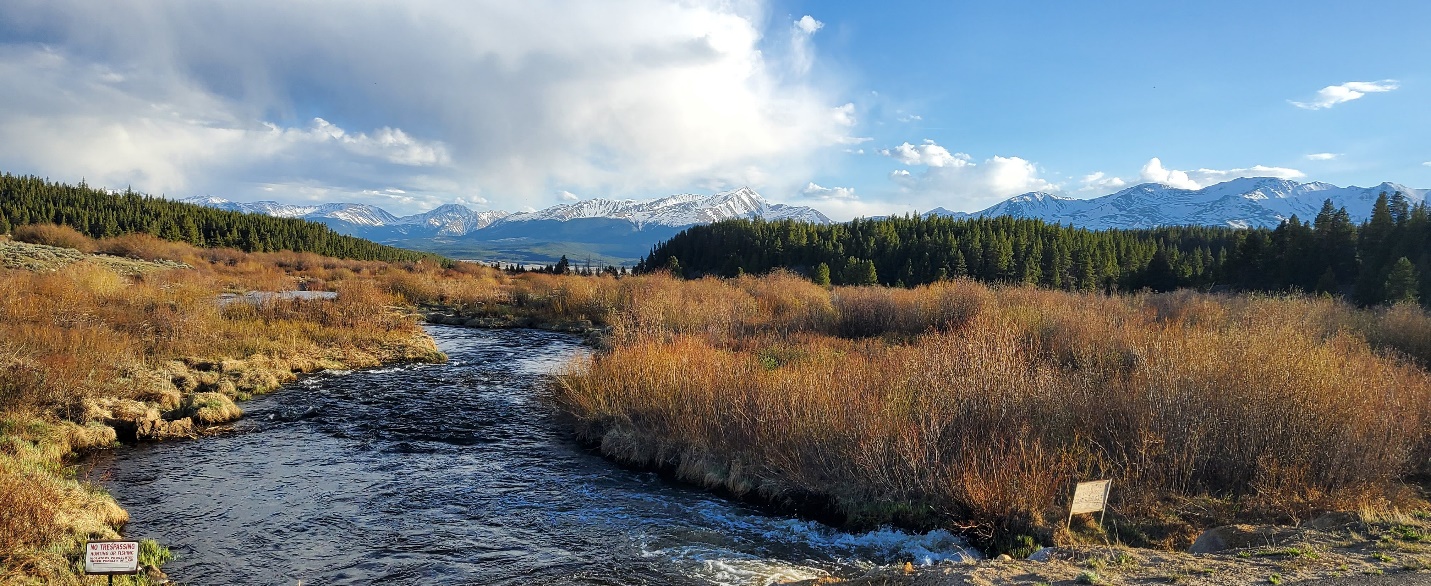If you’re one of the many people eagerly anticipating summer, dreaming of campfires and epic views, you’ll need to book your campsites early. But with COVID-era crowds still flocking to outdoor activities, finding and booking campsites online can be challenging, time-consuming, and frustrating. Here are 5 tips for planning your next family camping trip:

Here are some tips for finding and reserving campsites online:
1. Decide What Type of Campground You Want to Visit
There are several different types of campgrounds to choose from, each with their own unique features and amenities. Here are the most common types:
- State Park Campgrounds: State government agencies manage State Park Campgrounds, which typically offer amenities like picnic tables, fire pits, and shower facilities, as well as outdoor recreational activities such as hiking trails and swimming areas.
- National Park Campgrounds: The National Park Service manages National Park Campgrounds located within national parks. These campgrounds offer amenities like picnic tables, fire pits, and restroom facilities, as well as ranger-led programs and outdoor activities like hiking trails.
- National Forest Campgrounds: The United States Forest Service manages National Forest Campgrounds located within national forests. These campgrounds offer fewer amenities than state or national park campgrounds, but may be in remote areas with access to hiking trails, fishing areas, and other outdoor activities.
- Private Campgrounds: Private individuals or companies own and operate Private Campgrounds, which may offer amenities such as shower facilities, laundry facilities, and swimming pools. Some private campgrounds also offer rental cabins or RV hookups.
- Bureau of Land Management (BLM) Land: The Bureau of Land Management (BLM) manages public land known as BLM Land, where camping is often permitted in designated areas. These areas may have few amenities but are located in remote areas with access to hiking trails and other outdoor activities.
- Dispersed Camping: Dispersed Camping is camping in areas not designated as campgrounds, such as national forests or BLM land. It may be free or require a permit and typically offers few amenities. However, it can be a great option for those seeking a more secluded camping experience.
See my post here further detailing each type of campground including resources for how to book and reserve each type.
2. Do Some Research with The Dyrt
The Dyrt is a campground aggregate that shows you all results for any type of campsite in the US. You can search by campground name, location, or keyword, or use the map view to search for campgrounds across the country. The Dyrt has reviews of each site, pictures, and even tells you what cell phone coverage looks like by carrier. Once you find a spot you like, you’ll see a reservation link listed on the right-hand side.
3. Look Up Your Campground on Google Maps

Zoom in on Google Maps to evaluate campgrounds for the best sites. Look for marked campgrounds and sites near or in forested, shady areas. If you’re looking for a dispersed site, cruise along forest service roads to find areas off the beaten path. Seeing sites from above can help you find and reserve the best site for your trip.
3. Try Campflare
If you’re having trouble finding an available site, try Campflare. They use their own bots to scour the web the second a reservation is cancelled or comes free on your selected dates at your selected campground.
4. Pay Attention to Allowable Equipment
Before making a reservation, check the allowable equipment at your site. Almost every reservable site will list the maximum number of vehicles, maximum vehicle/trailer length, and maximum number of people allowed.
5. Check Distances to Nearby Campsites, Trails, Rivers, or Lakes

The closer you are to recreational activities and trails, the better. Use the “measure distance” feature on Google Maps to measure the proximity to these activities and to other campsites in your campground.
By following these tips, you’ll be able to find and reserve the perfect campsite for your next unforgettable summer trip. Don’t let COVID-era crowds or camping bots discourage you from enjoying the great outdoors!
